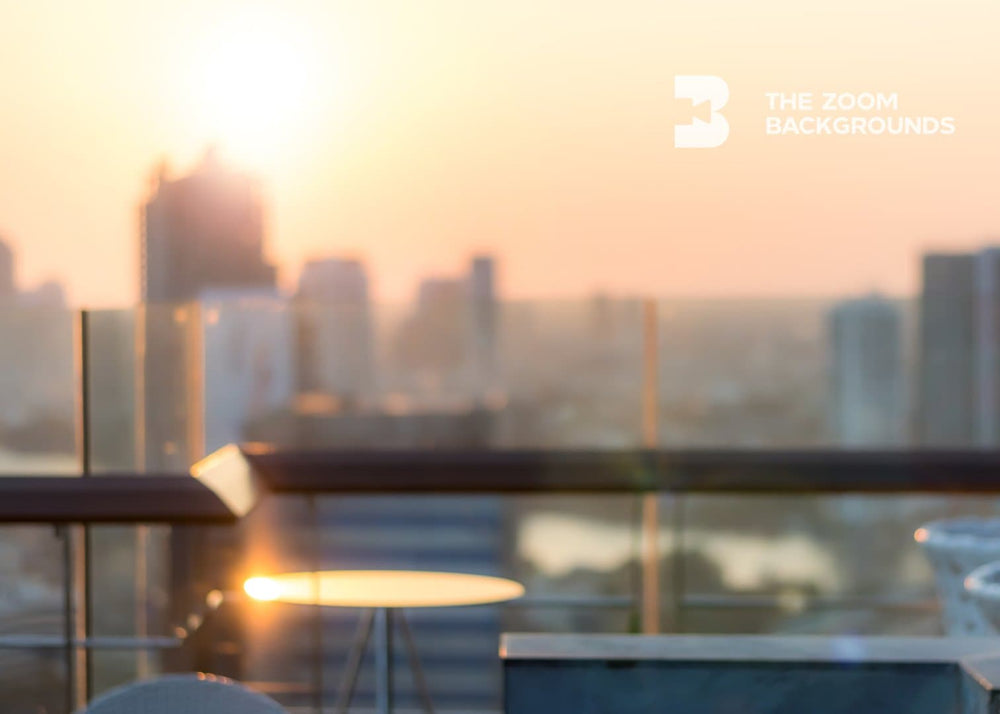

An affordable choice for most DSLR models and brands is a 50 mm lens with an aperture of f1.8. However, for the best blur effect, consider buying a lens with a large aperture (smaller f-values), often sold as low-light or fast lenses. You can achieve blurred backgrounds by zooming in and keeping your subject close to you but far away from the background. Kit lenses that are sold with most consumer-grade DSLR cameras have small apertures (f4 to f8). Cameras with larger sensors can achieve longer focal lengths and subsequently better background blur.



 0 kommentar(er)
0 kommentar(er)
